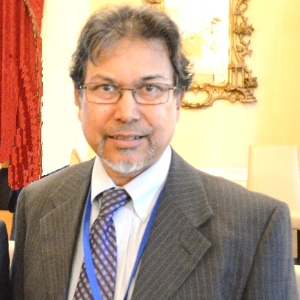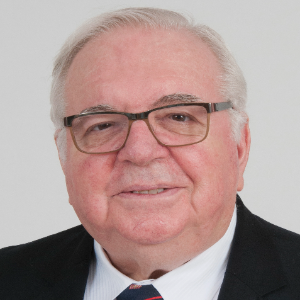Failure analysis is a technical approach for determining the root cause of a product's or equipment's failure, as well as an inadvertent design, manufacturing, or other invisible fault in a continuous process. Failure analysis has evolved into a critical method for determining the cause of engineering component or machine failures. Repair and operation breakdown costs serve as a warning to designers, engineers, and manufacturers about whether to keep old machines that are worth fixing or whether the machines or components need to be redesigned. The goal of failure analysis is to discover the root cause of a failure (i.e., root cause), ideally with the goal of eliminating it and identifying ways to prevent it from happening again.
Corrosion is a multi-step process that involves chemical, electrochemical, and even biological processes. Several sectors lose millions of dollars each year as a result of this harmful process. As a result, novel material technologies, corrosion protection systems, and evaluation procedures are in high demand. There have been significant advancements and discoveries in the field of materials science in recent years, many of which have interesting implications for corrosion resistance and protection.
- FTA
- FEMA
- Analysis of failure

Ephraim Suhir
Portland State University, United States
Thomas J Webster
Interstellar Therapeutics, United States
Robert Buenker
University of Wuppertal, Germany
Will Skene
Montreal University, Canada
Valeriy A Buryachenko
Micromechanics & Composites LLC, United States
Anis Rahman
Applied Research & Photonics, Inc, United States
Will Skene
Montreal University, Canada
Robert Guidoin
Laval University, Canada
Robert Buenker
University of Wuppertal, Germany


Title : Introducing picotechnology: An exciting extension of nanotechnology
Thomas J Webster, Interstellar Therapeutics, United States
Title : The failure of both einsteins space-time theory and his equivalence principle and their resolution by the uniform scaling method
Robert Buenker, University of Wuppertal, Germany
Title : Material challenges with proton conducting ceramics for intermediate temperature hydrogenation/dehydrogenation applications
Saheli Biswas, Commonwealth Scientific and Industrial Research Organisation, Australia
Title : Porphyrin layers at metal-electrolyte interfaces monitored by EC-STM and CV
Marek Nowicki, University of Wroclaw, Poland
Title : Color control of electrochromes by structural modification
Will Skene, Montreal University, Canada
Title : Make experiments more efficient: Two simple and powerful approaches. Mg2Si growth for photovoltaic and thermoelectric applications
Alexander S Gouralnik , Institute of Automation and Control Processes, Russian Federation
Title : Reconfigurable antenna structures using tunable materials
Nasimuddin, Institute for Infocomm Research, Singapore
Title : (0, 1 and 2) Dimensional hybrid architecture of the synthesized materials leads the smart sensing of the gaseous species at low/room temperature
D R Patil, North Maharashtra University, India
Title : Enhanced grain refinement, precipitates regulation, and improved mechanical properties of cast Al-Li alloy by Ti addition and heat treatment
Lixiong Shao, Shanghai Jiao Tong University, China
Title : Broadband sound attenuation of shape memory polymer with triangular-honeycomb unit cell metamaterial structural design
Musaab Ejaz, Universiti Teknologi PETRONAS (UTP), Malaysia